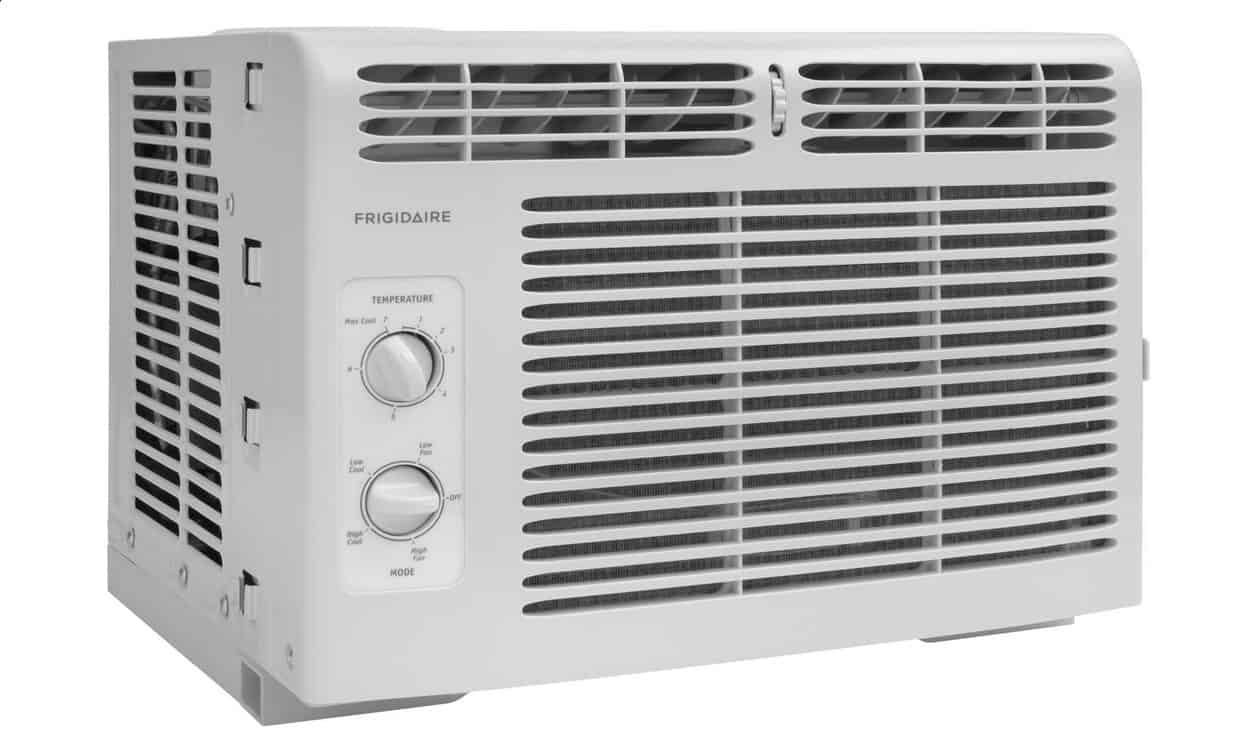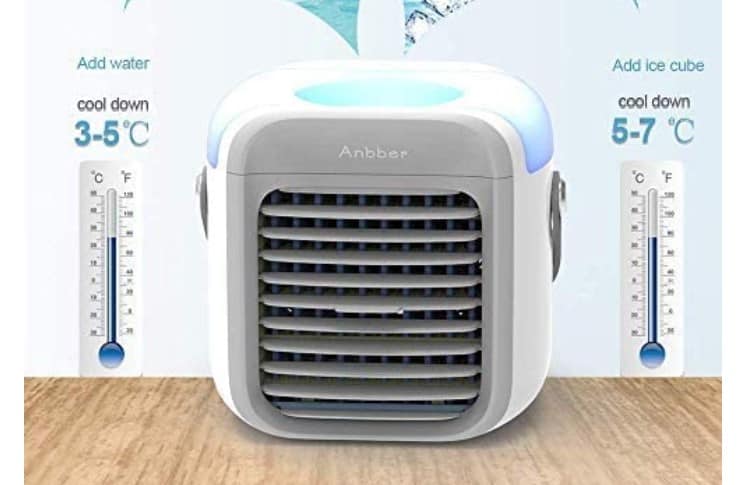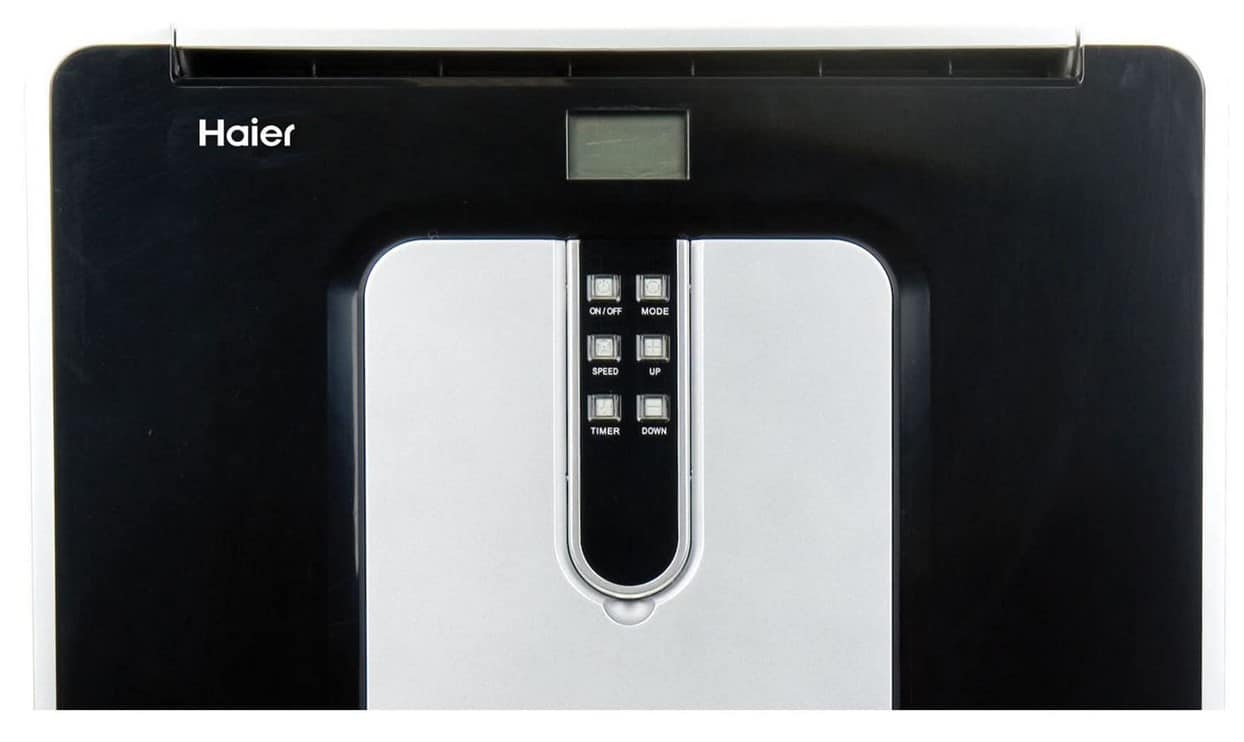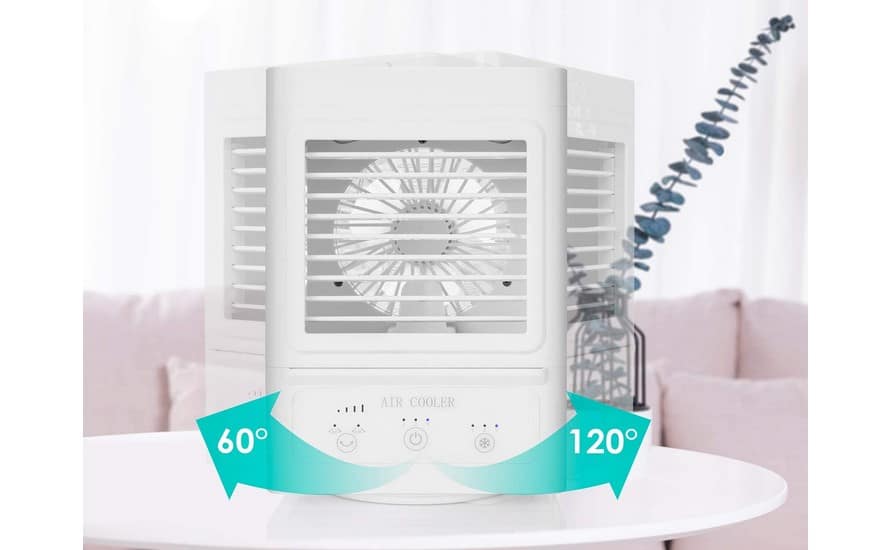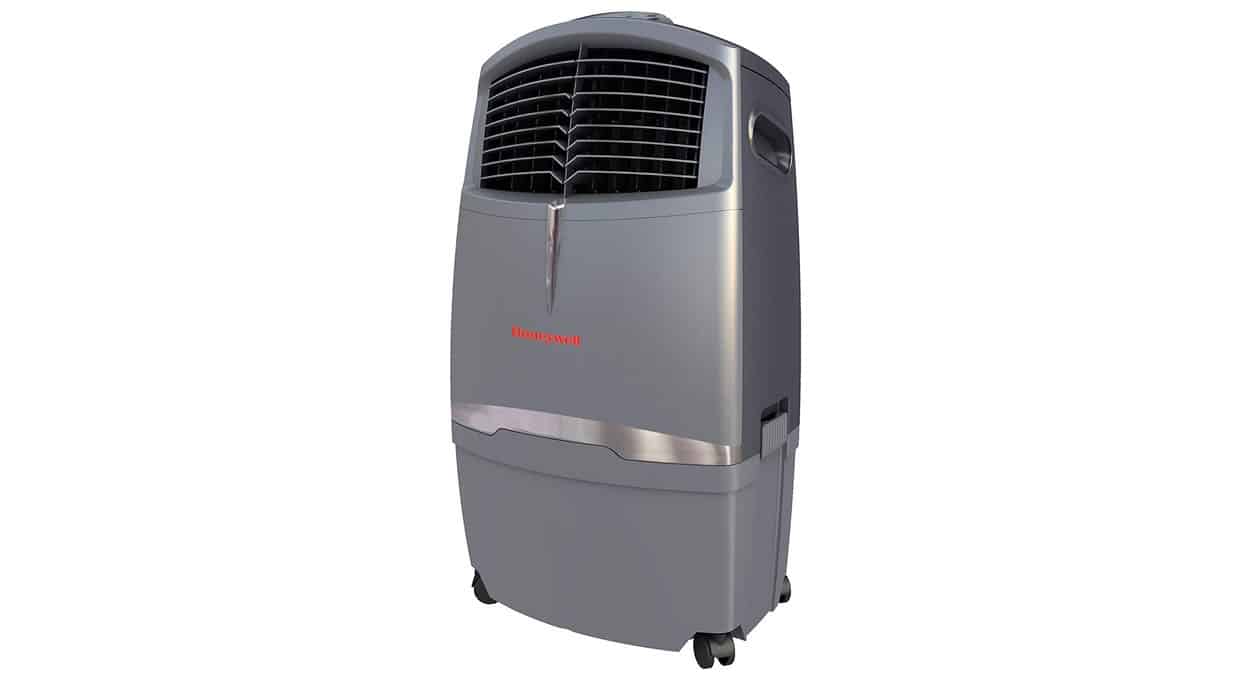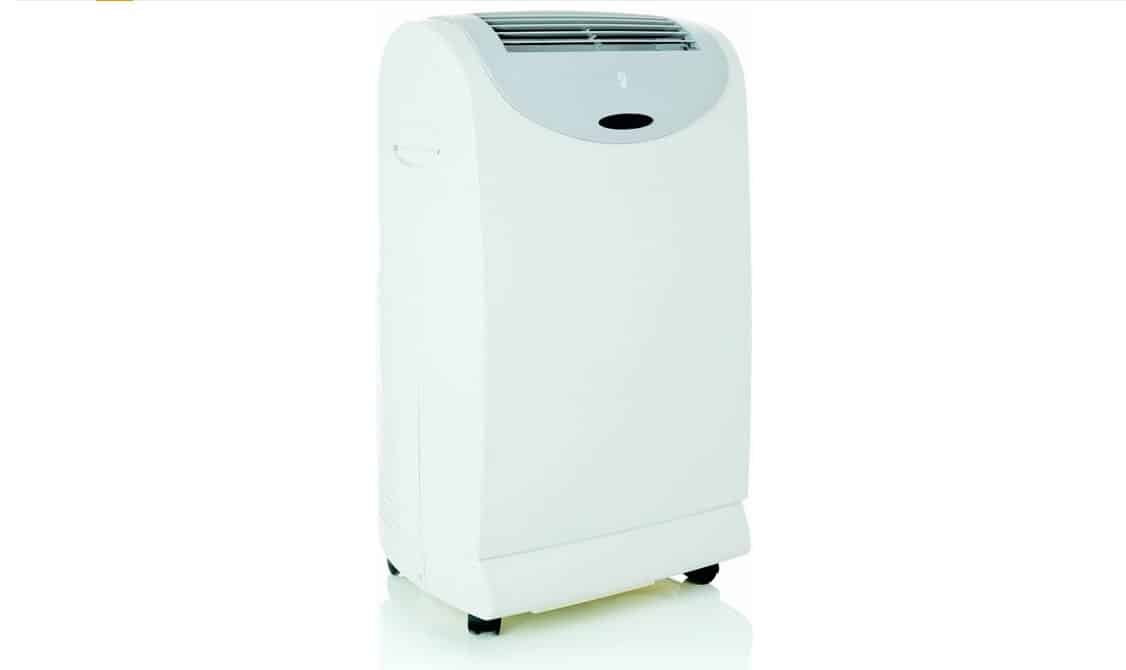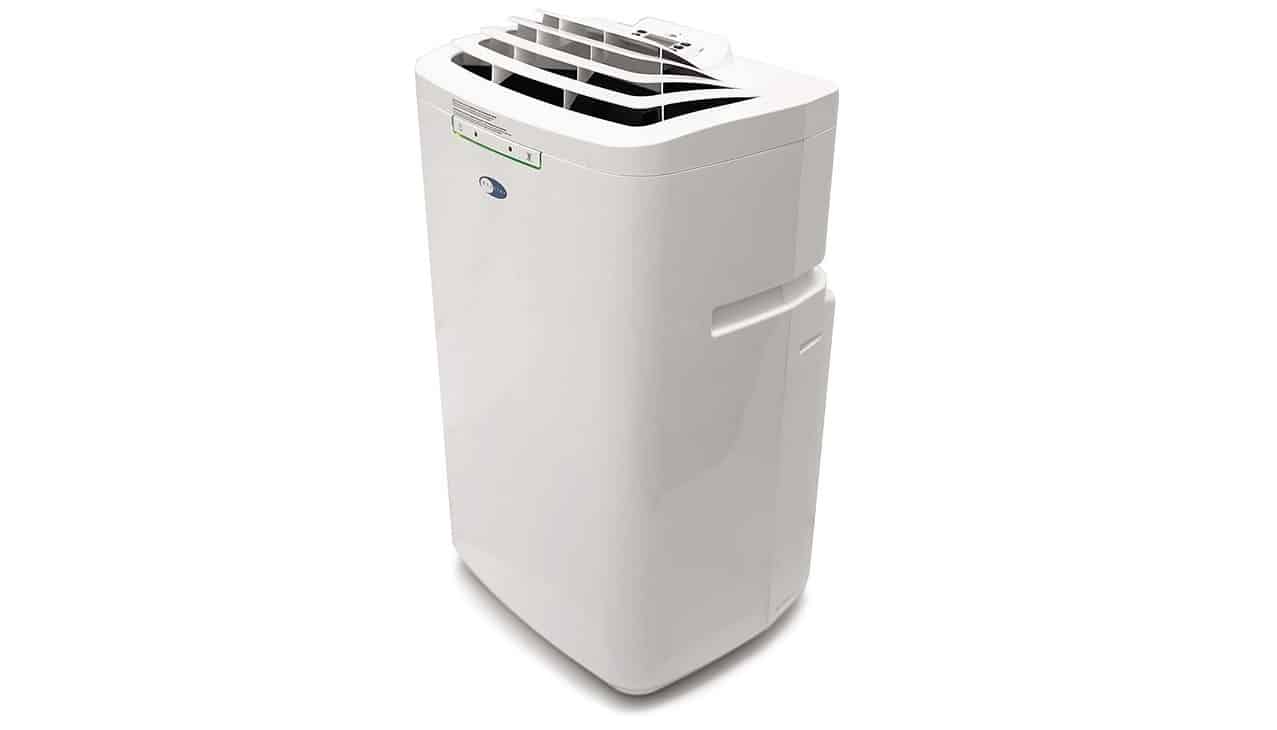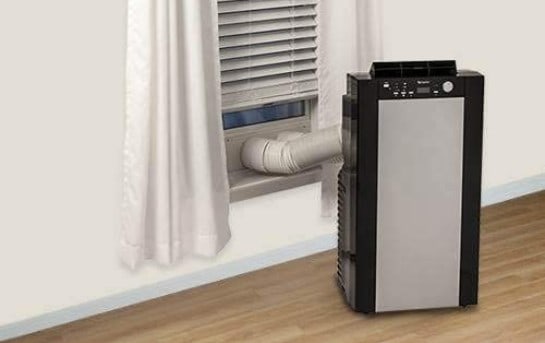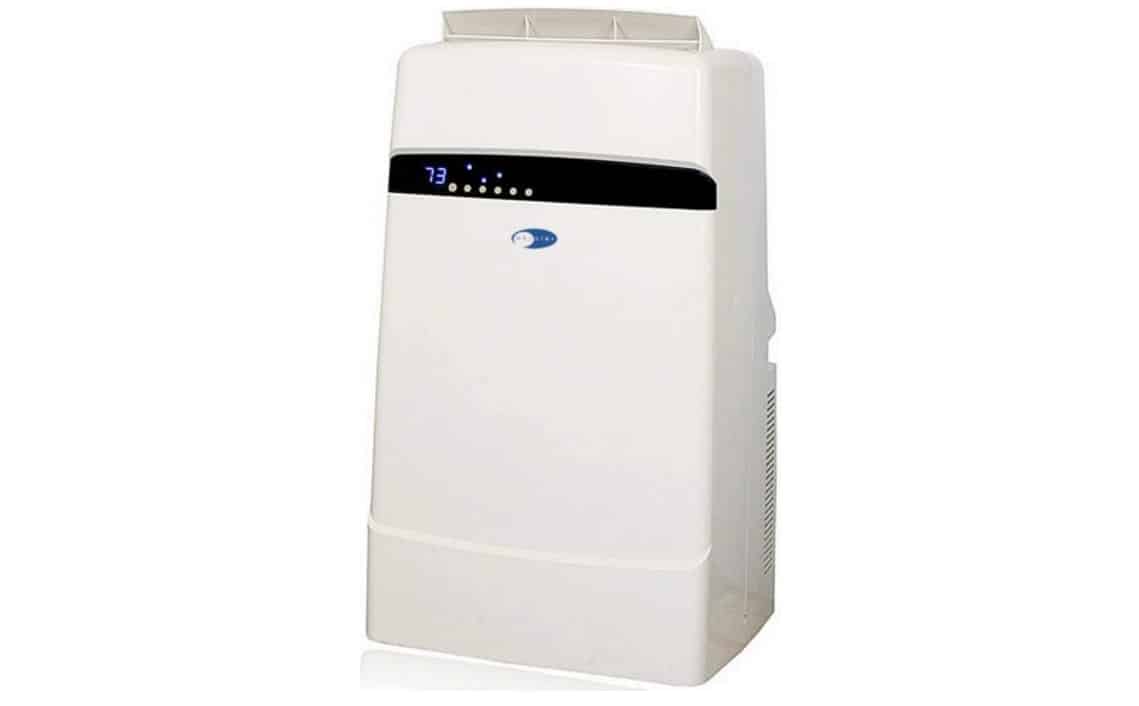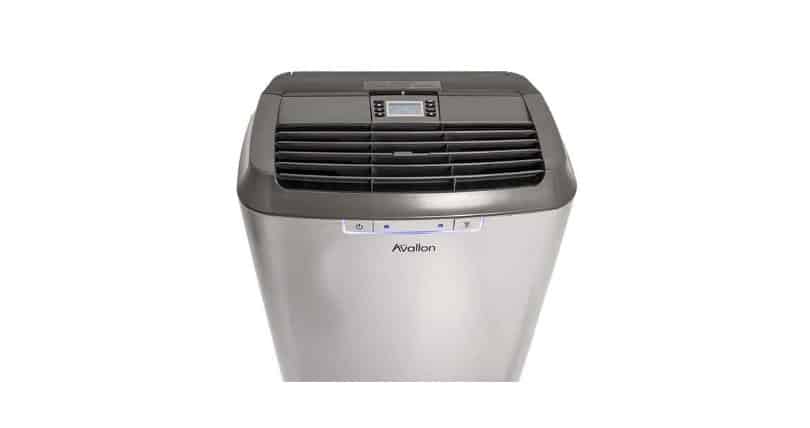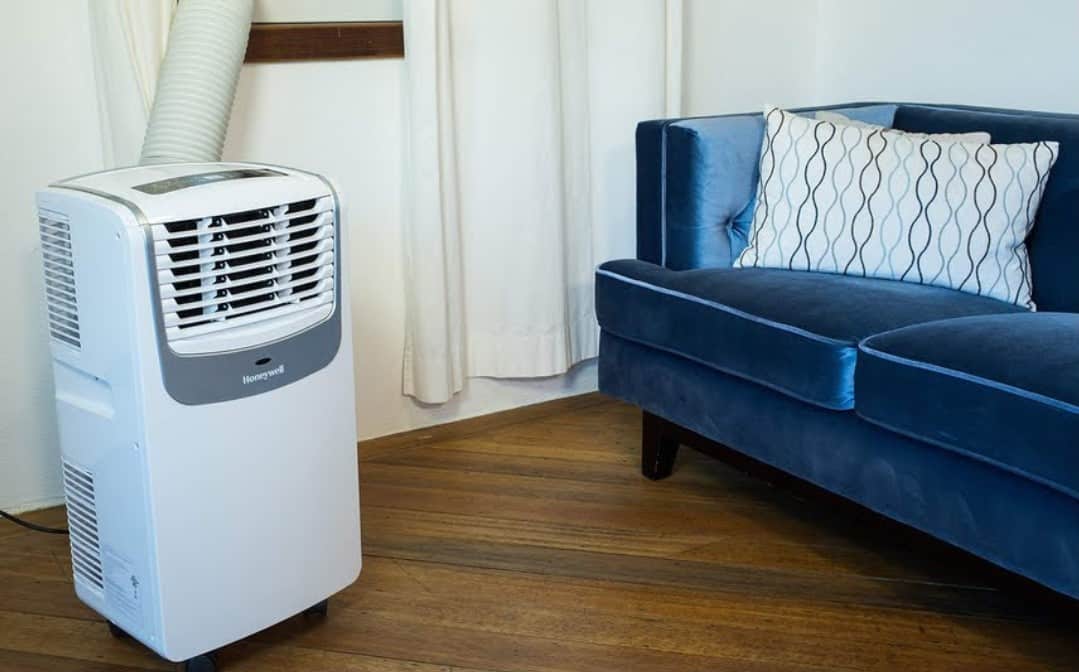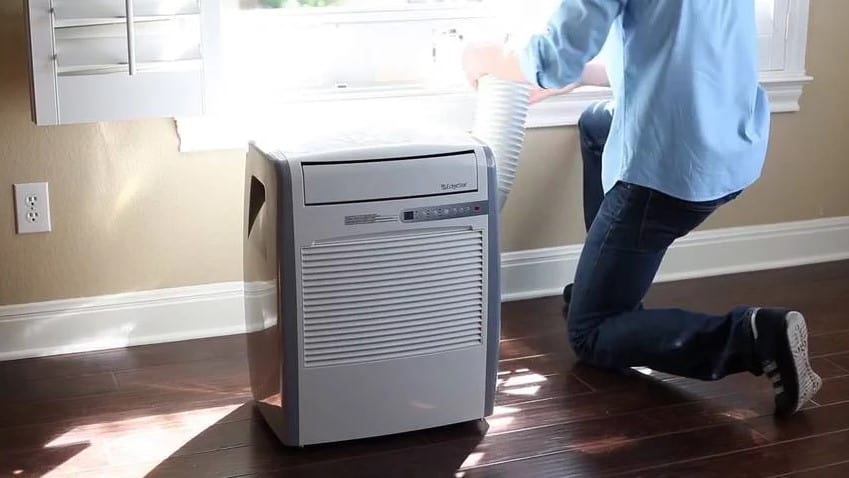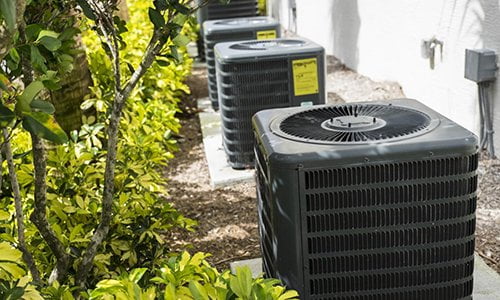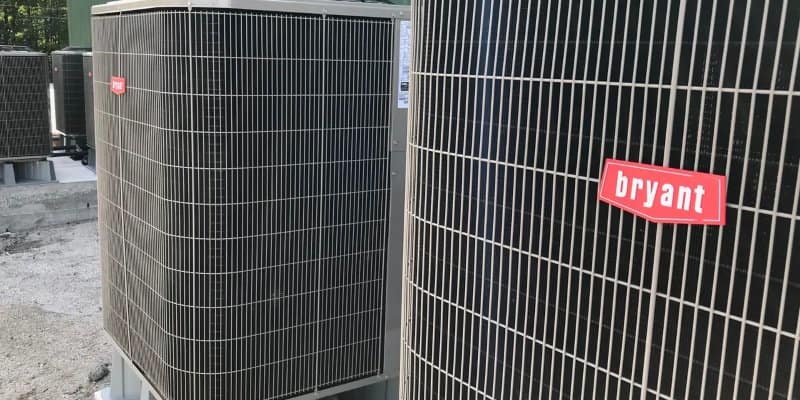To ensure long life and effective performance, you’ll need to know how to drain water from a window air conditioner. Window air conditioners generally have a drain hole built-in, which drains water outside to prevent indoor messes. To avoid most messes, you can figure out how to clean mold from your A/C vents, maintain your central A/C, and learn the BTUs on an air conditioner, so it doesn’t run too hard and break sooner. However, even in the best air conditioners, drain holes need to be maintained and cleaned or you risk damage and electrical shock.
KEY TAKEAWAYS:
- The drain hole in a window air conditioner is usually found underneath the condenser coils.
- You’ll have to drain your window air conditioner from outside.
- If the drain hole is the sole way that water can be removed from the unit, make sure it’s never clogged or closed.
Below, we’ll go through the basic methods of making sure your drain is working and fixing issues it may have. While you’re able to control an A/C via mobile, cleaning it can’t be done remotely. If you’re interested in learning more about air conditioner home maintenance, you could check out how to find a leak in a central air conditioner. You may want to look into how to dispose of an air conditioner while you’re at it.
How to Drain An Air Conditioner
Window AC units have drain holes located under their condenser coil. While the difficulty in accessing or cleaning these drain holes varies from model to model, the drain hole will be on the side of the unit that sticks out of the window on most units. Here are a few basic methods for cleaning, maintaining, and locating your unit’s drain hole.
Insider Tip
You can generally find the drain hole directly beneath the evaporator coil on the outdoor-facing side of your air conditioner.
Cleaning the Drain Hole
Various components of your AC unit can rust over periods of use. Rusted metal can fall into the unit’s drain pan and clog or completely block the drain hole, trapping water that can cause damage to the entire unit. Use a bottle brush or damp cloth to clean any debris, rust, or dirt from the drain hole if it’s easily accessed, and be sure to check on it occasionally to make sure it’s clear.
Place Your Air Conditioner At An Angle
If you want to ensure proper draining of water through the drain hole, one thing you can do is install your window unit at a slight tilt and let gravity do the work. You can use a book or a stent placed under the indoor portion of the window, but don’t make the angle too extreme. You’ll still want to check the drain periodically to be sure it’s not clogged or blocked. If you’re installing a slide-out chassis air conditioner, this maintenance will be easier.
Give Your Unit A Rest
Running a window air conditioner for long periods of time can cause water to build up in the drain pan faster than the water can drain from the hole. It’s a good idea to give your AC unit an hour of rest if you’ve been running it for hours, especially at maximum cooling settings. This will allow the drain to do its job without water potentially overflowing out of the drain pan and damaging components.
Warning
Check your drain hole regularly for dirt, debris, or anything else that could clog it and keep it from draining properly, or you risk damage to your AC unit.
F.A.Q.S
Why is my AC drain line clogged?
Though debris and dirt can easily build up in your AC unit and clog the drain line, the most common culprit is actually rusted material accumulated over long periods of use. Making sure your drain pan isn’t overflowing and that the AC is completely drained after use will help prevent the buildup of rust from rusting components.
How much water should drain from my unit?
During the summer, you can expect to see as much as 3-6 gallons per day draining out of your AC unit if you’re running it all day. For HVAC units, 5-20 gallons is within the normal range.
Why do I have to drain my air conditioner?
When an AC unit cools a room, it creates moisture inside the unit housing. Though most of it evaporates, some will collect in the drain pan and prevent the air conditioner from working properly.
STAT: In humid climates, a window air conditioner can release as much as 22 gallons of water daily. (source)

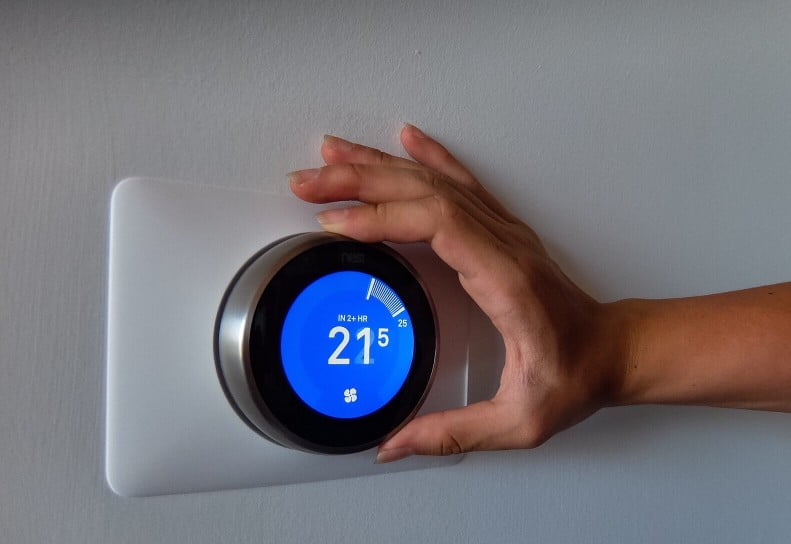













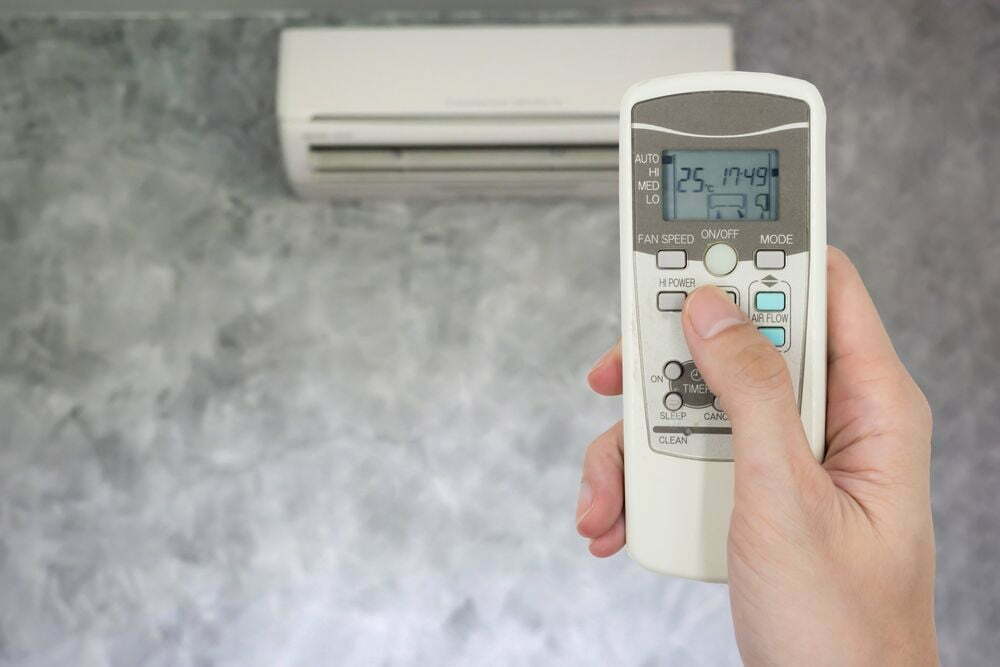
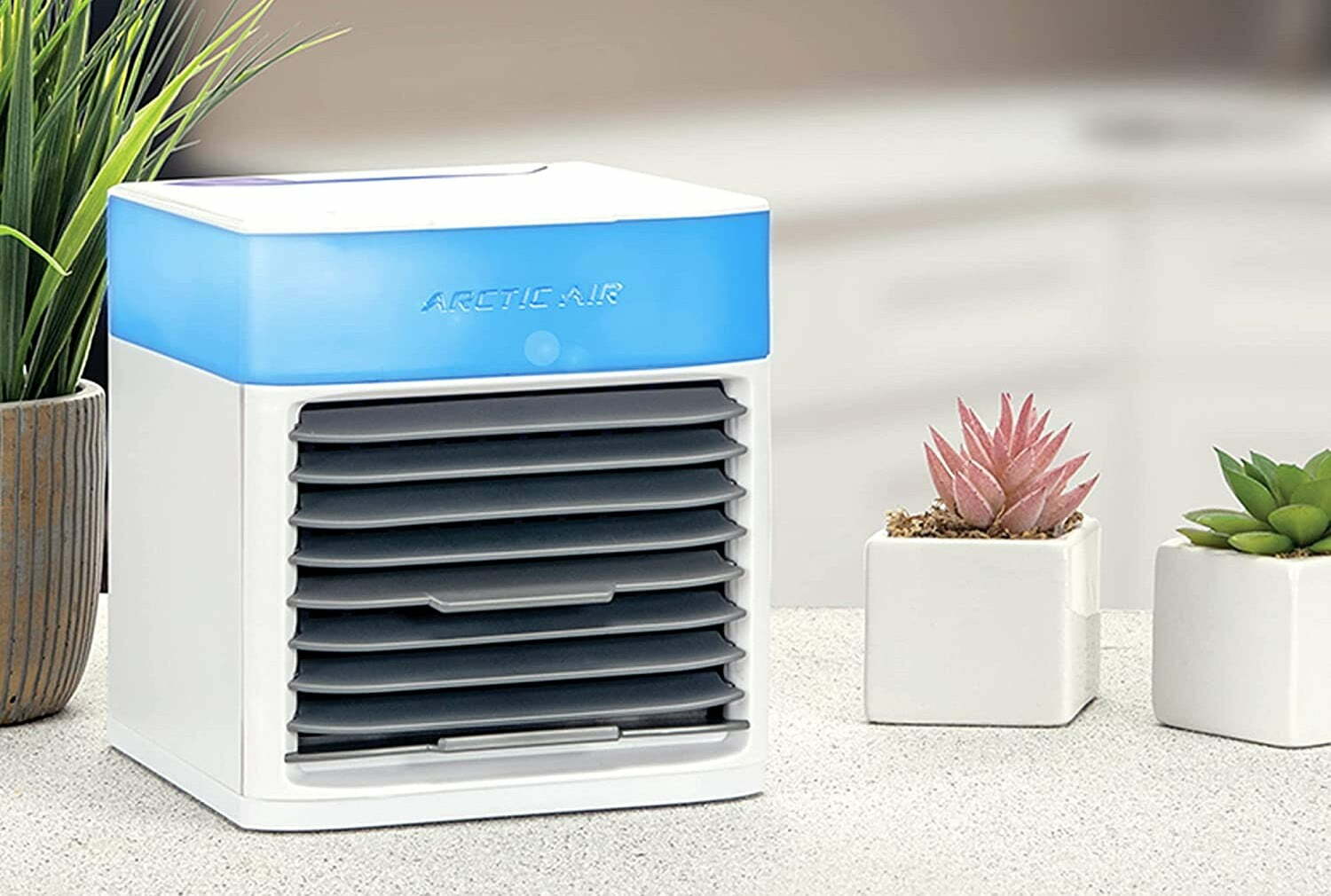
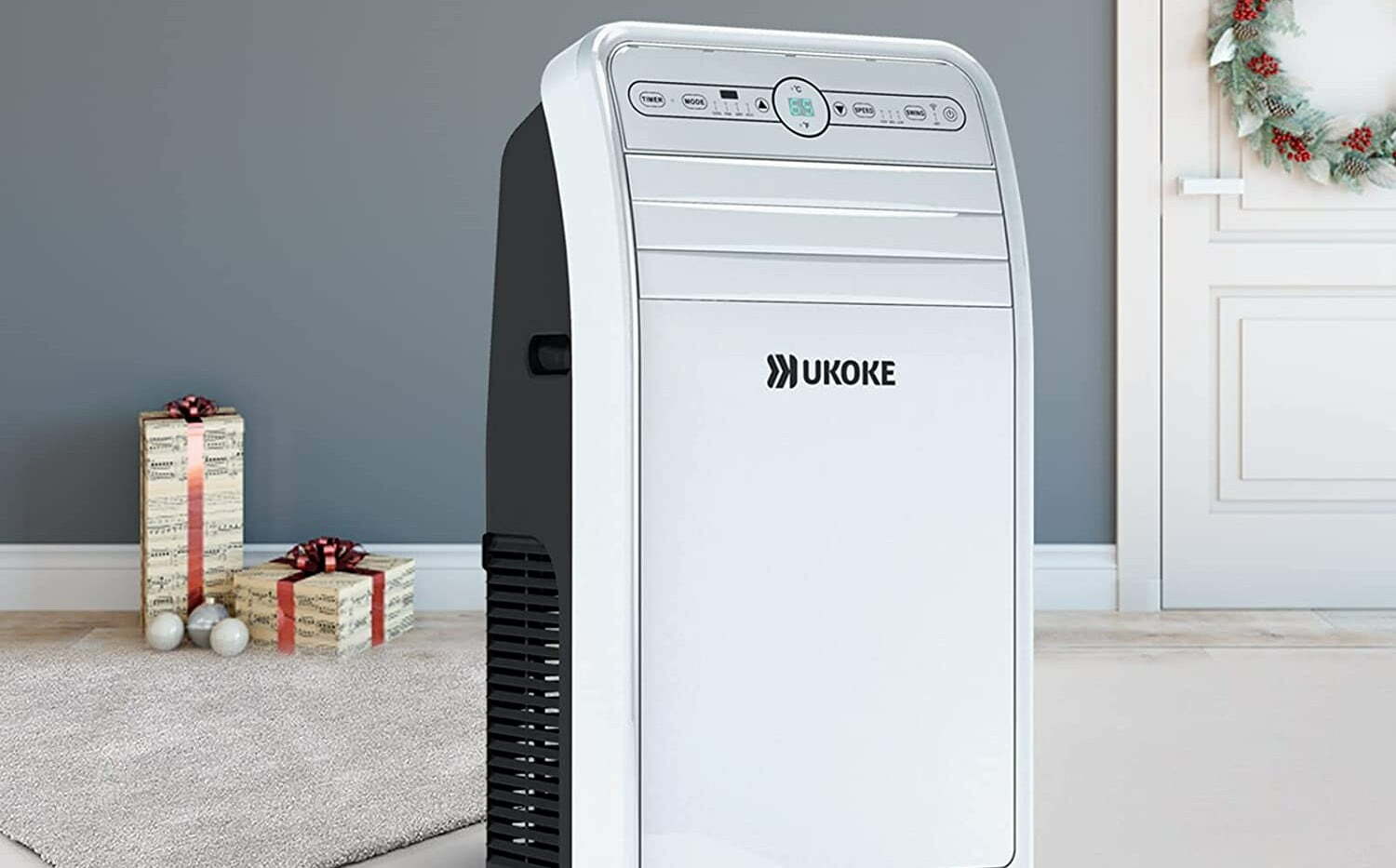
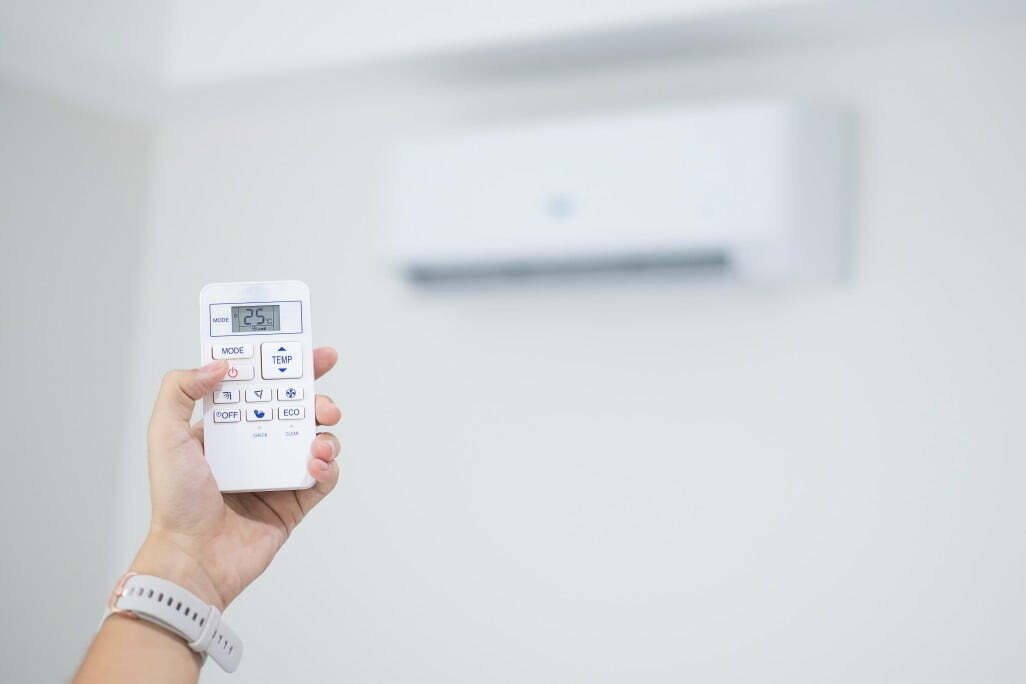

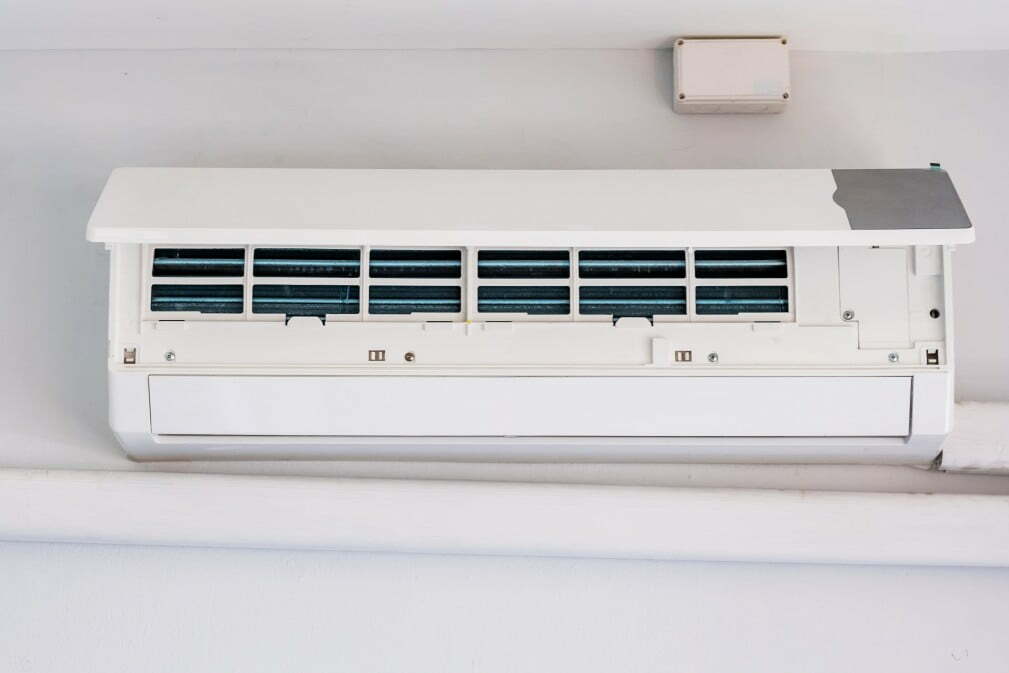
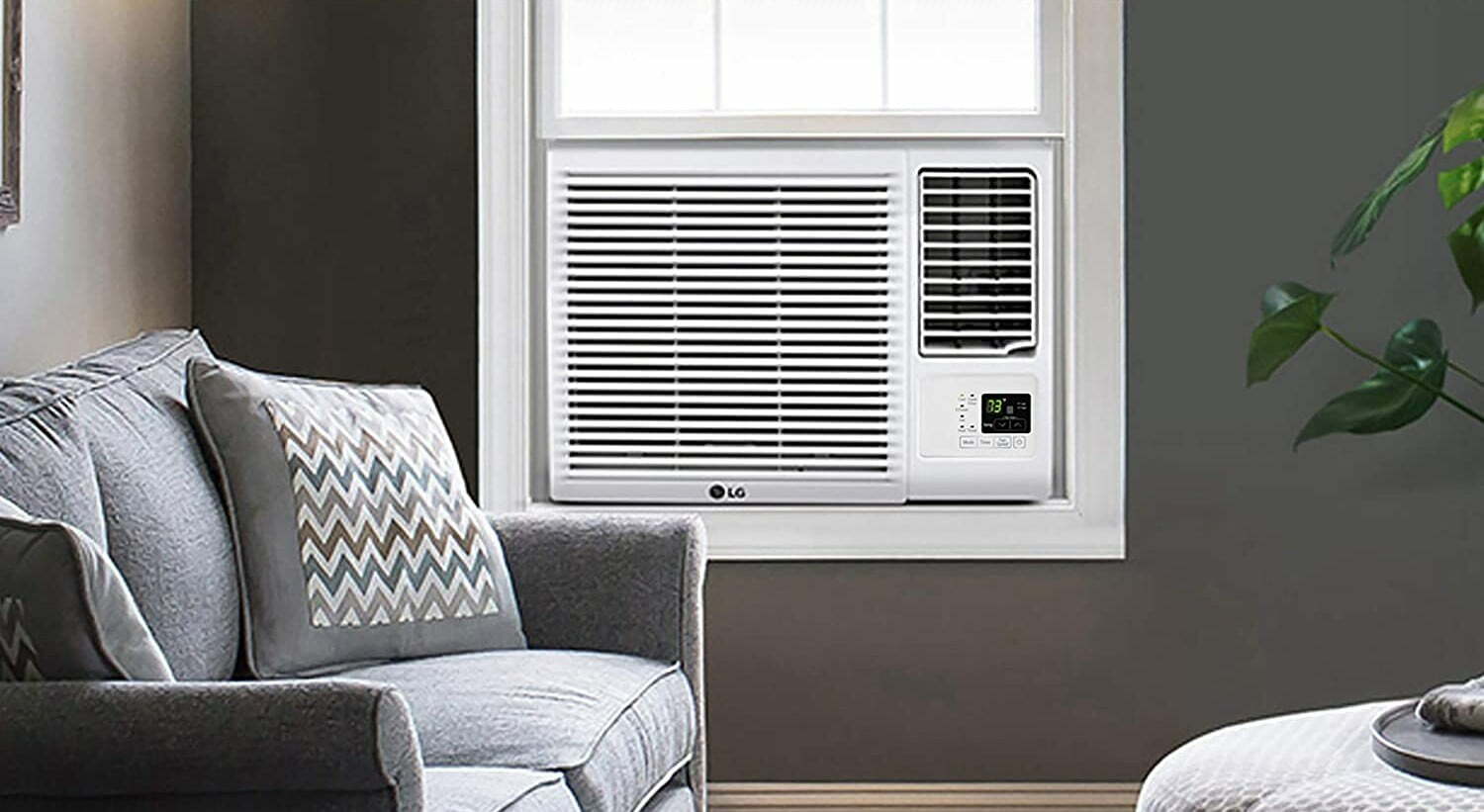
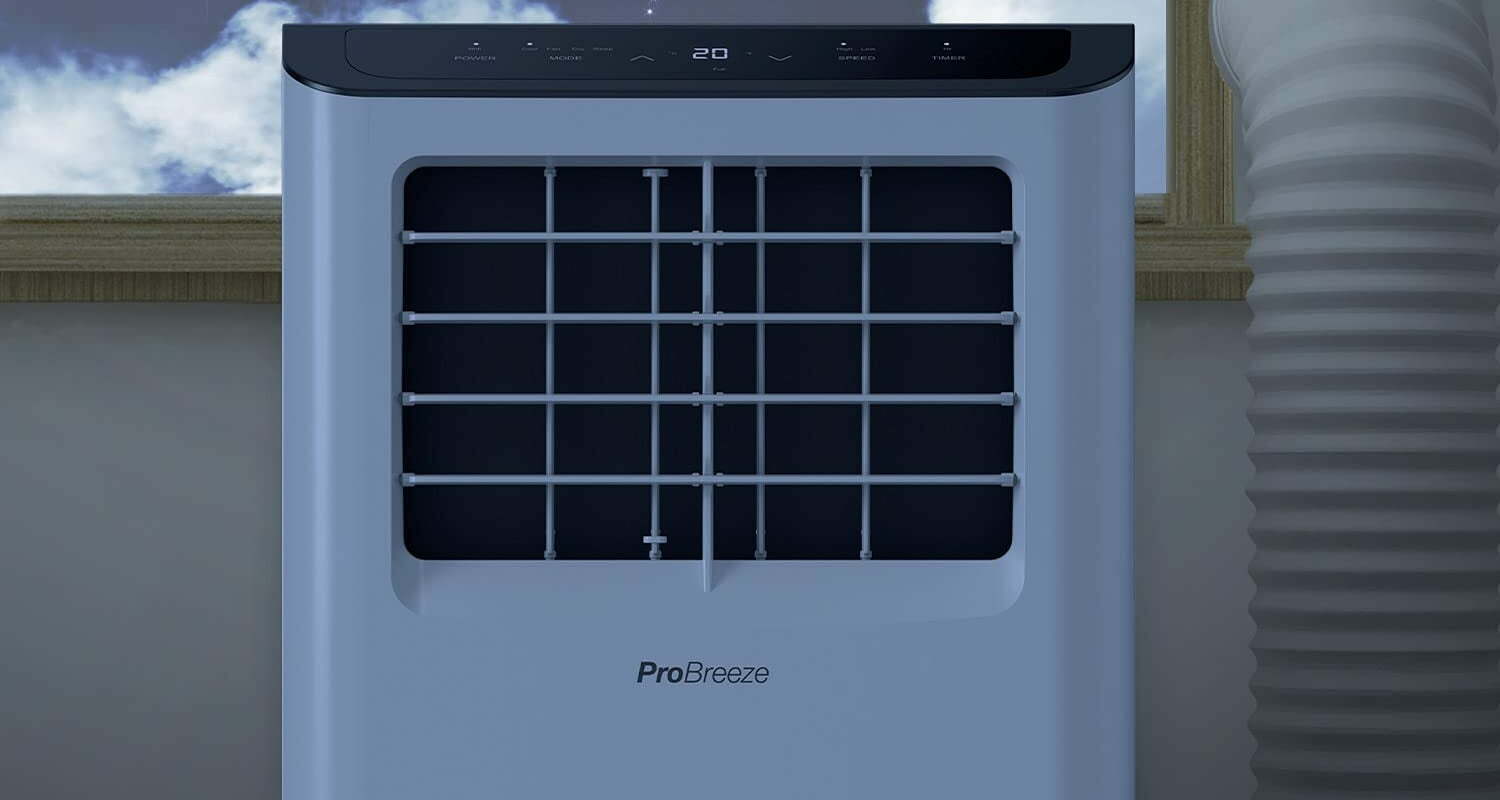


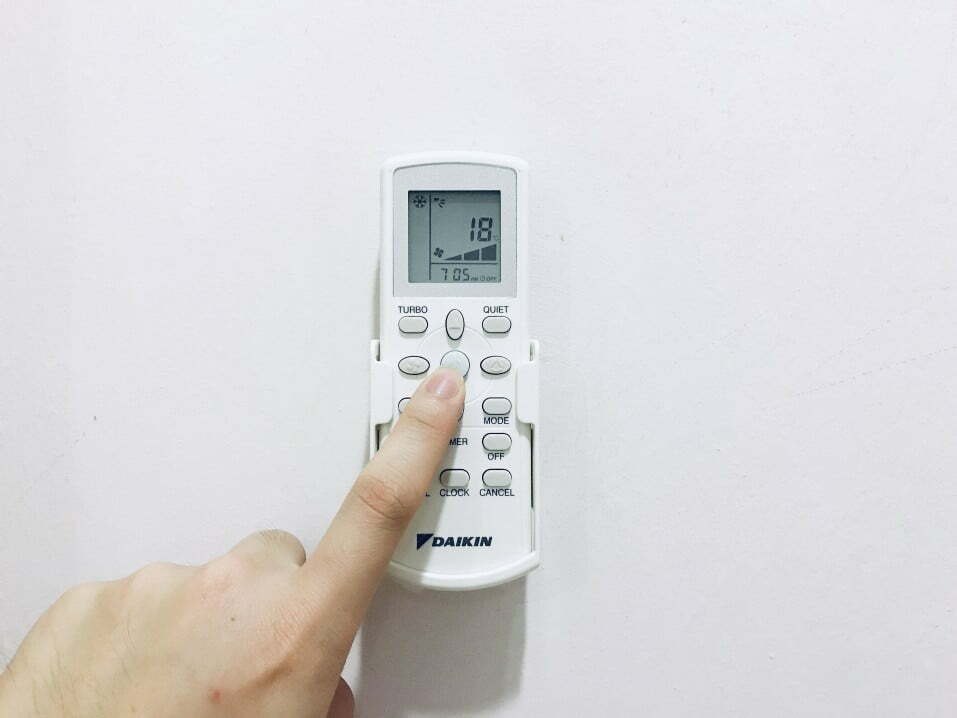
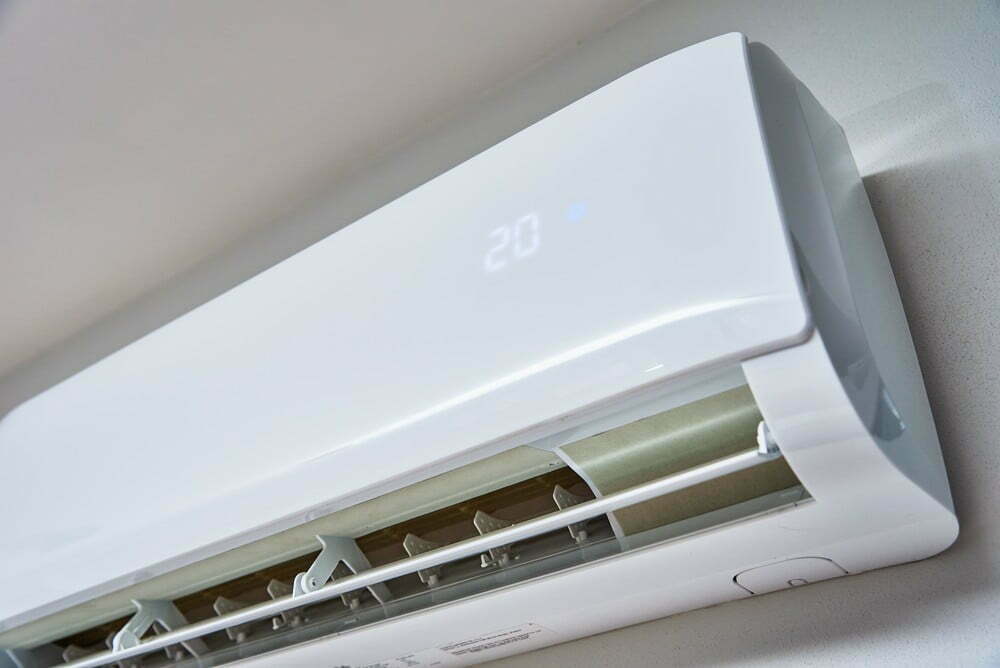
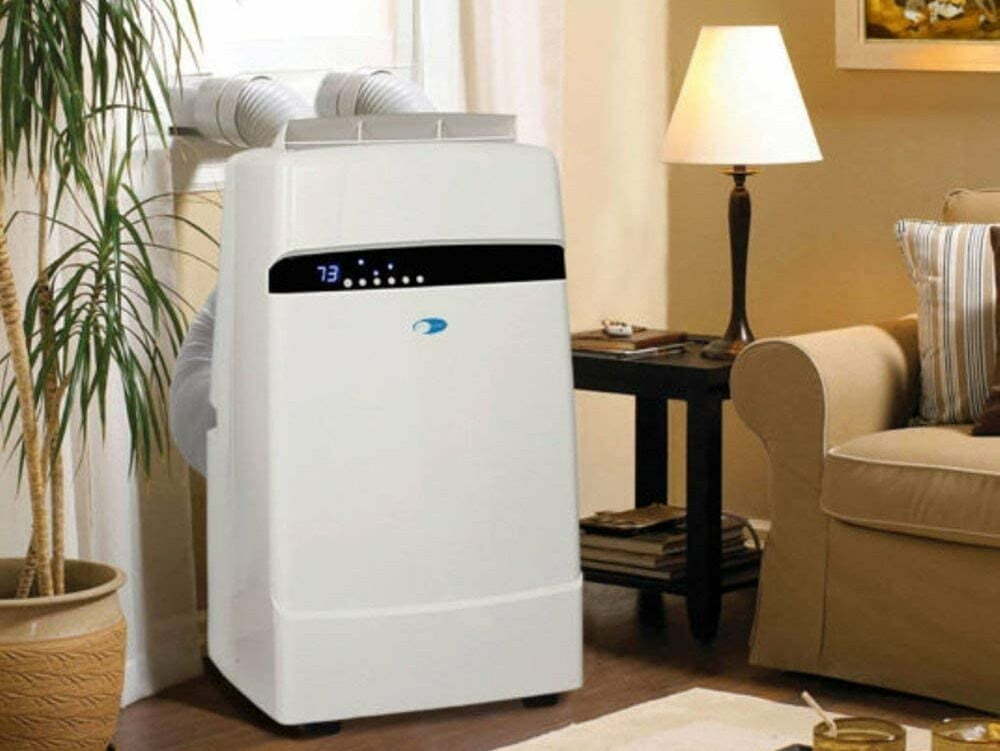
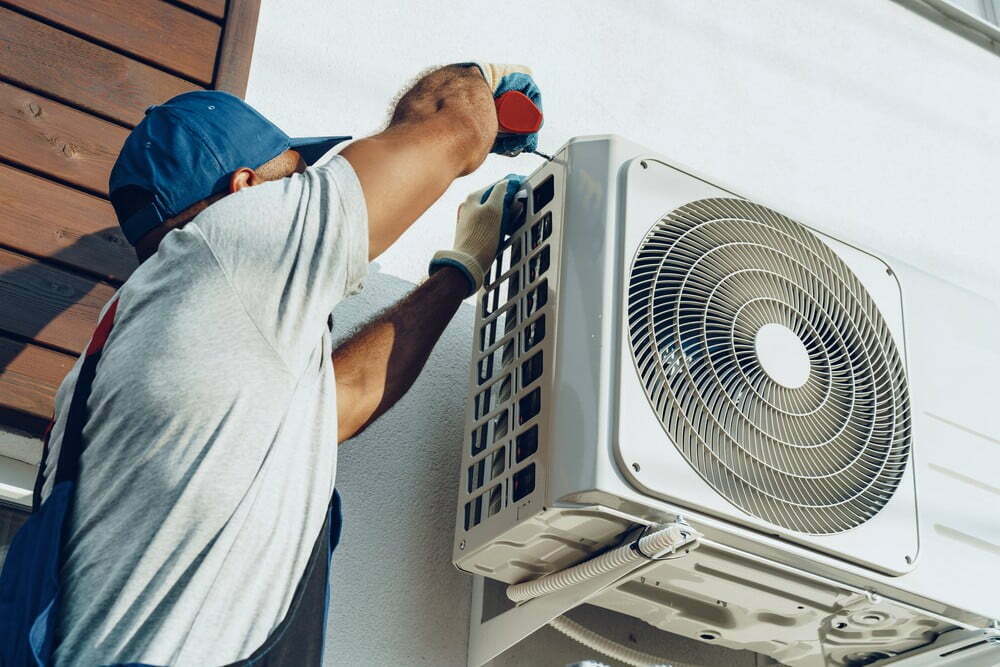

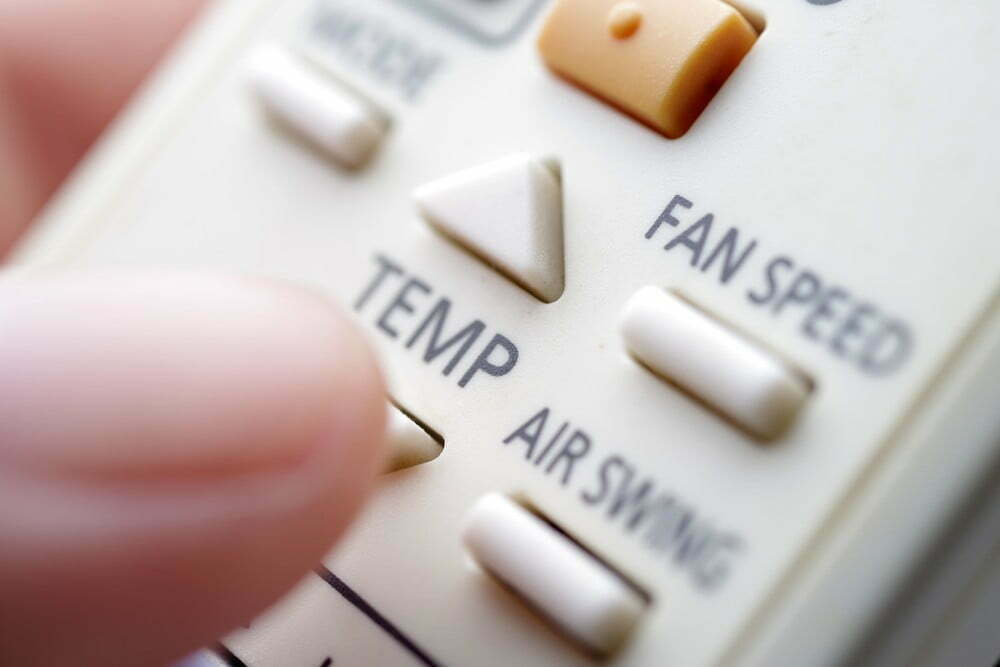
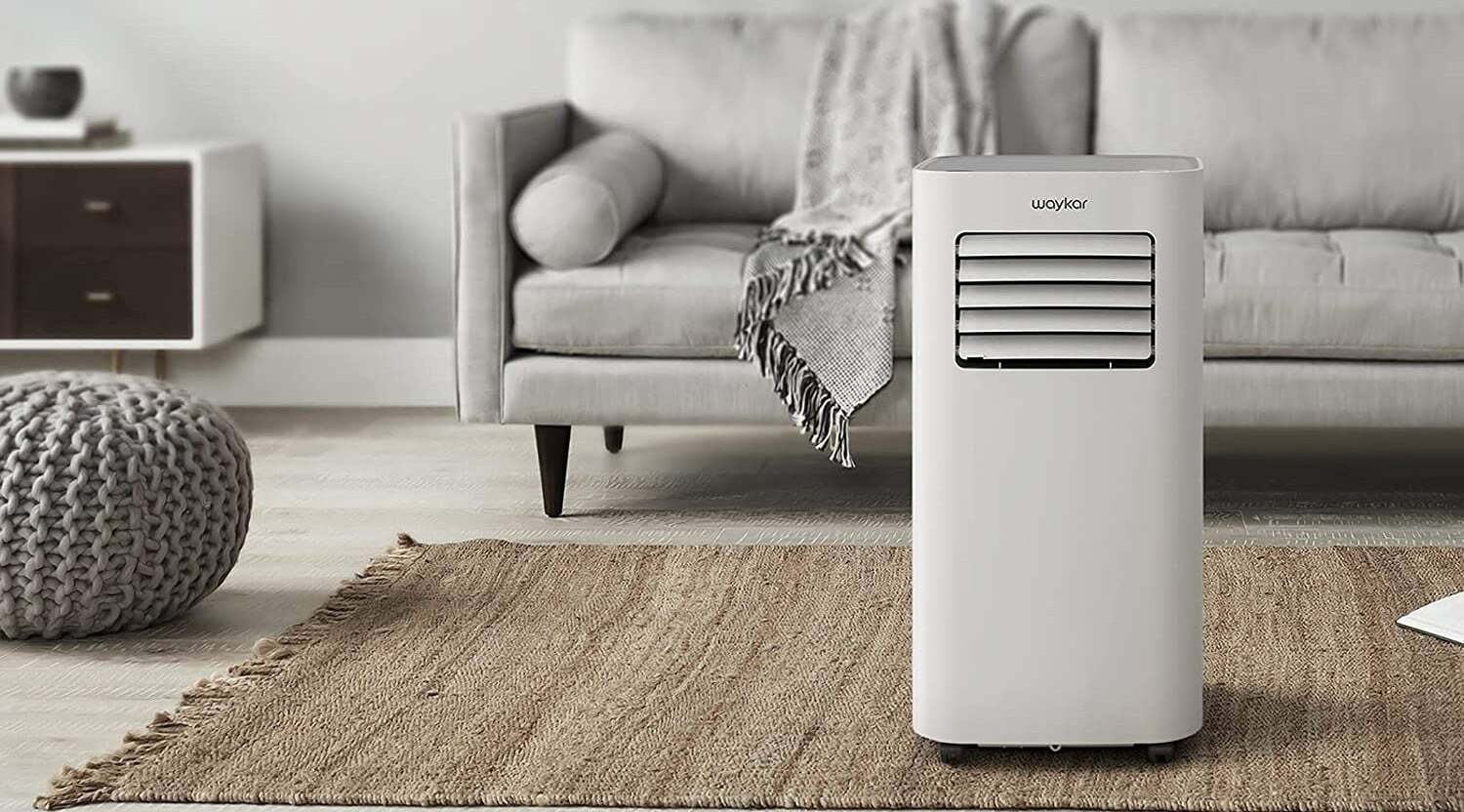
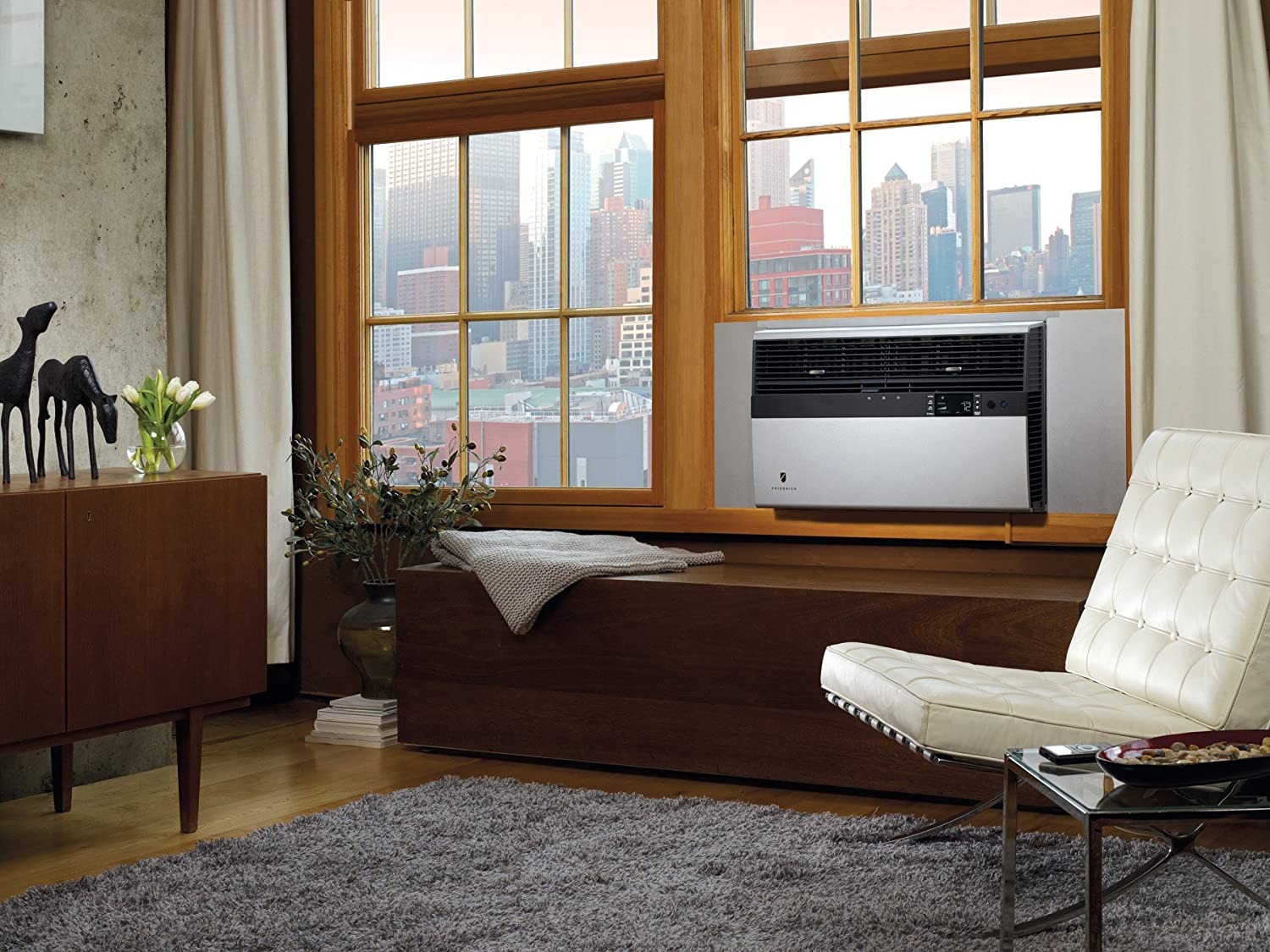

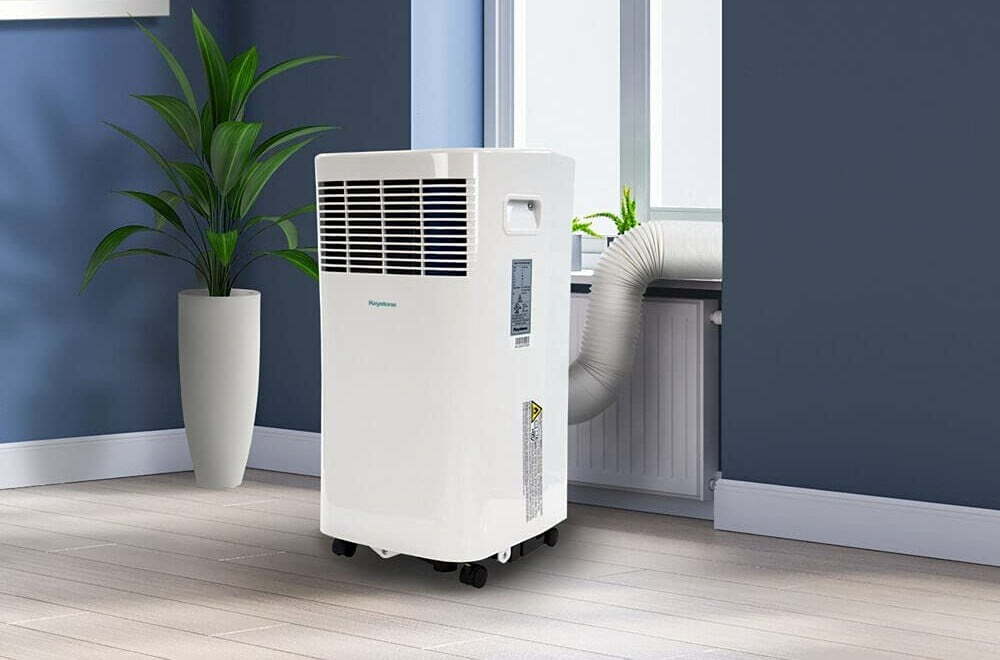
![Best Air Conditioners in [year] ([month] Reviews) 27 Best Air Conditioners in 2025 (December Reviews)](https://www.gadgetreview.dev/wp-content/uploads/best-air-conditioners-image.jpg)
![Quietest Through The Wall Air Conditioners in [year] 28 Quietest Through The Wall Air Conditioners in 2025](https://www.gadgetreview.dev/wp-content/uploads/quietest-through-the-wall-air-conditioner-image.jpg)
![Best 10000 BTU Air Conditioners in [year] 29 Best 10000 BTU Air Conditioners in 2025](https://www.gadgetreview.dev/wp-content/uploads/best-10000-btu-air-conditioner-image.jpg)
![Best 15000 BTU Air Conditioners in [year] 30 Best 15000 BTU Air Conditioners in 2025](https://www.gadgetreview.dev/wp-content/uploads/best-15000-btu-air-conditioner-image.jpg)
![Best 15000 BTU Window Air Conditioners in [year] 31 Best 15000 BTU Window Air Conditioners in 2025](https://www.gadgetreview.dev/wp-content/uploads/best-15000-btu-window-air-conditioner-image.jpg)
![Best 12000 BTU Air Conditioners in [year] 32 Best 12000 BTU Air Conditioners in 2025](https://www.gadgetreview.dev/wp-content/uploads/best-12000-btu-air-conditioner-image.jpg)
![Best Photocatalytic Oxidation Air Purifiers in [year] 33 Best Photocatalytic Oxidation Air Purifiers in 2025](https://www.gadgetreview.dev/wp-content/uploads/best-photocatalytic-oxidation-air-purifier-image.jpg)
![Best Ventless Portable Air Conditioners in [year] 34 Best Ventless Portable Air Conditioners in 2025](https://www.gadgetreview.dev/wp-content/uploads/best-ventless-portable-air-conditioner-image.jpg)
![Best Window Air Conditioners with Heat in [year] 35 Best Window Air Conditioners with Heat in 2025](https://www.gadgetreview.dev/wp-content/uploads/best-window-air-conditioner-with-heat-image.jpg)
![Best Inverter Air Conditioners in [year] 36 Best Inverter Air Conditioners in 2025](https://www.gadgetreview.dev/wp-content/uploads/best-inverter-ac-image.jpg)
![Best HEPA Air Purifiers in [year] 37 Best HEPA Air Purifiers in 2025](https://www.gadgetreview.dev/wp-content/uploads/best-hepa-air-purifier-image.jpg)
![Best Quiet Window Air Conditioners in [year] 38 Best Quiet Window Air Conditioners in 2025](https://www.gadgetreview.dev/wp-content/uploads/quiet-window-air-conditioner-image.jpg)
![Best Energy Efficient Window Air Conditioners in [year] 39 Best Energy Efficient Window Air Conditioners in 2025](https://www.gadgetreview.dev/wp-content/uploads/best-energy-efficient-window-air-conditioner-image.jpg)
![Best Quiet Portable Air Conditioners in [year] 40 Best Quiet Portable Air Conditioners in 2025](https://www.gadgetreview.dev/wp-content/uploads/quiet-portable-air-conditioner-image.jpg)
![Best 6000 BTU Air Conditioners in [year] 41 Best 6000 BTU Air Conditioners in 2025](https://www.gadgetreview.dev/wp-content/uploads/best-6000-btu-air-conditioner-image.jpg)
![Best 8000 BTU Air Conditioners in [year] 42 Best 8000 BTU Air Conditioners in 2025](https://www.gadgetreview.dev/wp-content/uploads/best-8000-btu-air-conditioner-image.jpg)
![Best Small Window Air Conditioner in [year] 43 Best Small Window Air Conditioner in 2025](https://www.gadgetreview.dev/wp-content/uploads/best-small-window-air-conditioner-image.jpg)
![Best 5000 BTU Air Conditioners in [year] 44 Best 5000 BTU Air Conditioners in 2025](https://www.gadgetreview.dev/wp-content/uploads/best-5000-btu-air-conditioner.jpg)
![Best Mini Split in [year] 45 Best Mini Split in 2025](https://www.gadgetreview.dev/wp-content/uploads/best-ductless-mini-split-air-conditioner-image.jpg)
![10 Best Portable Air Conditioners and Heaters in [year] 46 10 Best Portable Air Conditioners and Heaters in 2025](https://www.gadgetreview.dev/wp-content/uploads/best-portable-air-conditioner-and-heater-image.jpg)

